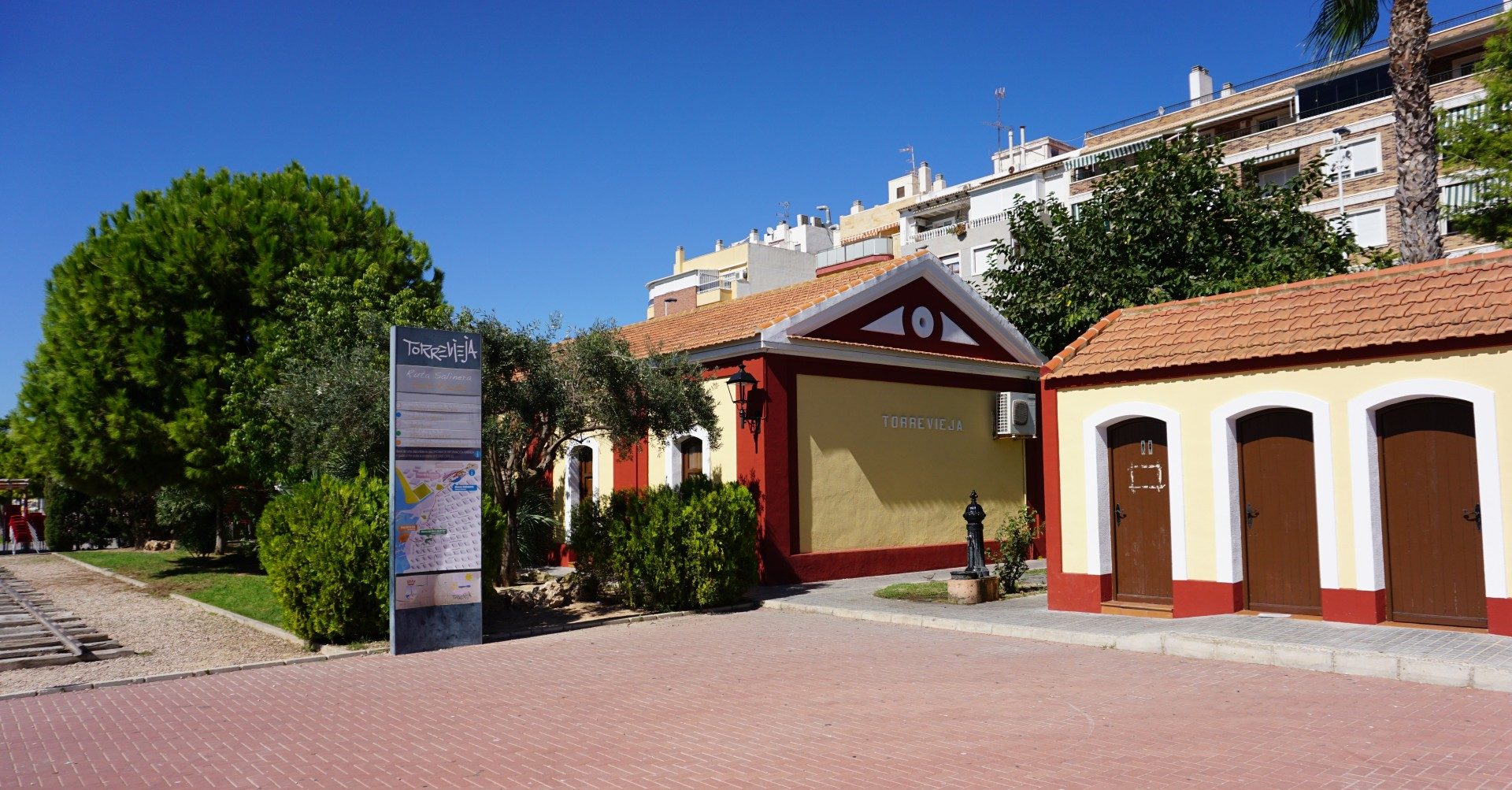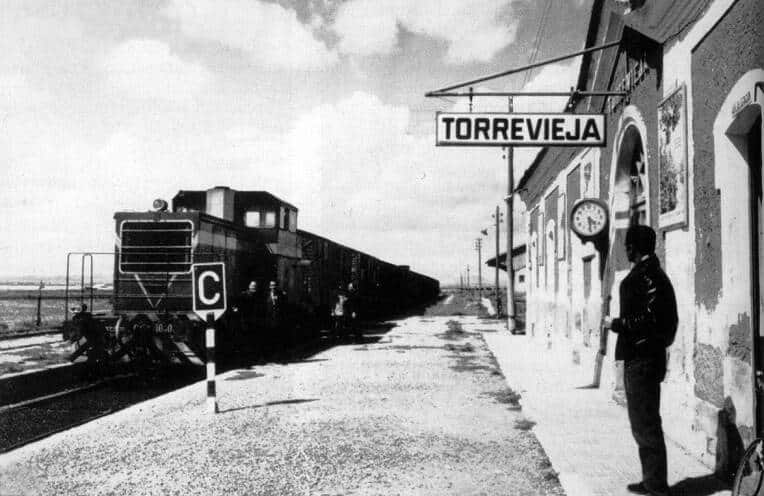- Waiting for a train for 52 years
- Torrevieja had a railway line that was introduced to the city in 1884. It finally disappeared, along with its station, in the late 1970’sThe works to open the line into Torrevieja were carried out in a hurry. It was finally opened on May 12, 1884 with Prime Minster, Antonio Cánovas del Castillo, in attendance. However that first trip did not go too well, because the train derailed at Los Montesinos. Fortunately there were no serious injuries, but a van had to come to pick up the politicians and other dignitaries to take them to the station.
Torrevieja, along with Marbella (Málaga), Roquetas de Mar and El Ejido (Almería) is one of the four main cities on the peninsula that, despite having more than 80,000 inhabitants and even quintupling it’s population in the summer, does not have a rail connection: neither AVE high speed, nor Cercanías commuter, nor metro nor tram.
These Mediterranean towns share the same grievance with National Government, that their large populations, both during the summer and the winter, are not served by any sort type of rail connection, despite the profitability that the service would have.
Torrevieja did have a passenger train until 1970 when, due to poor profitability, the branch connecting it with the line between Murcia and Alicante was suspended. The freight line that collected salt from the salt flats also stopped operating in 1986 and the tracks were soon dismantled.
That route ran parallel to the natural park of Las Lagunas de la Mata, a route that could no longer be used because today it would not be able to achieve the necessary environmental permits.
In the event of a new connection, a new station would also be necessary (the old one was attached to the lagoon), although this is neither the only nor the most important problem.
The mayor of Torrevieja, Eduardo Dolón (PP), has again confirmed that a study has already been carried out, with the participation of the municipalities of Torrevieja, Orihuela and the University of Alicante (UA), that includes three alternatives for a new route, in a project that would cost around 270 million euros.
For Dolón, the most “viable” route would be parallel to the route of the Mediterranean motorway (AP-7) in what is known as an AVE Lanzadera, a medium distance service, that would run partly on high-speed rails and partly on conventional rails, and which would link the city with the Orihuela-Miguel Hernández AVE station and Madrid.

However, the Minister of Territorial Policy, Public Works and Mobility of the Generalitat, the socialist Arcadi España, explained that the train to Torrevieja has a high “constructive complexity” because the Vega Baja is one of the most flood-prone areas. It is also a region of high seismic risk with a scattered population.
He said that the Generalitat has started a study to determine the “most viable” route for the train into Torrevieja, which, in the opinion of Dolón, is the “most important municipality in Spain in terms of residential tourism, and which cites the UA study, forecasting that 1.2 million passengers would use the service each year.
Last year the mayors of Torrevieja and Orihuela held a telematic meeting with the Minister to promote the project at which they both expressed its importance for the economic and tourist development of the region, which will link the Intermodal and high-speed station of Orihuela with with Torrevieja / Orihuela Costa and that will serve not only these two municipalities but also the entire coastline of Guardamar, Pilar de la Horadada and even the north of the Murcia region in San Pedro del Pinatar and San Javier.
The cost of the project is estimated at 277.6 million euro, the amount of which is divided into infrastructure, superstructure, expropriations and Bigastro-Jacarilla, San Miguel and Torrevieja-Orihuela Costa stations.





